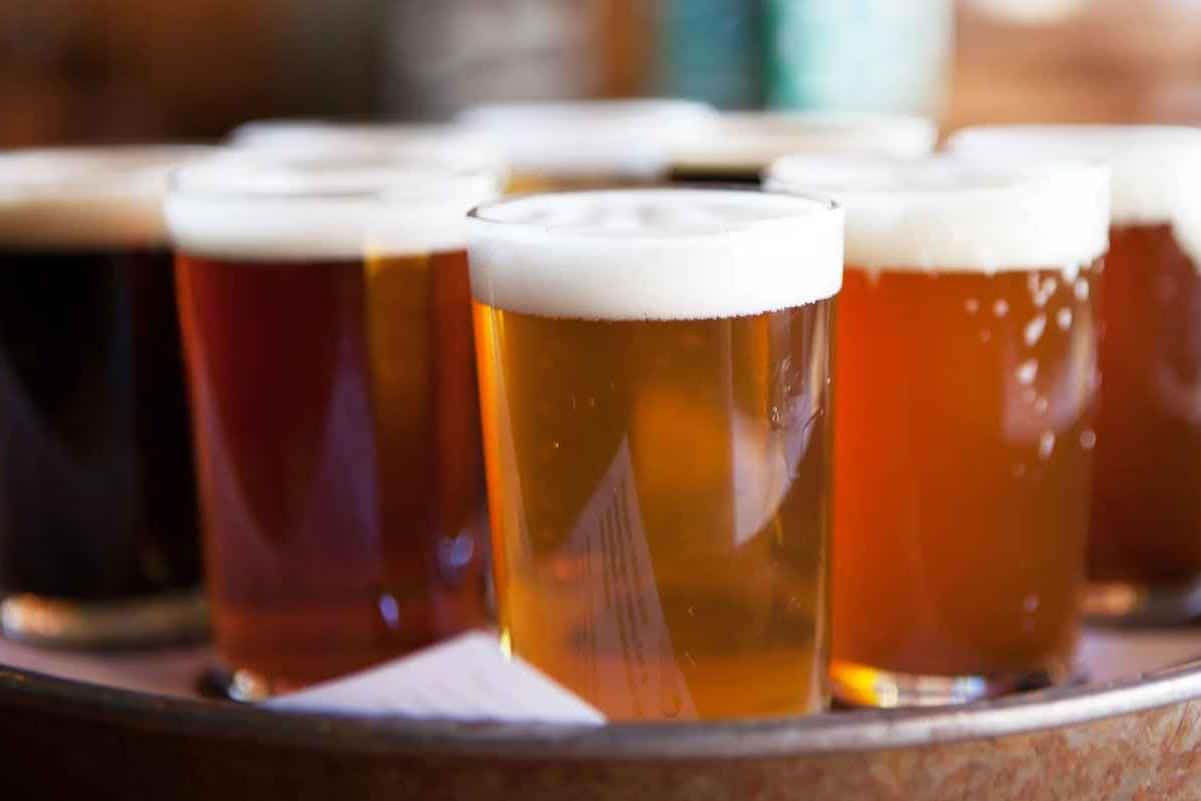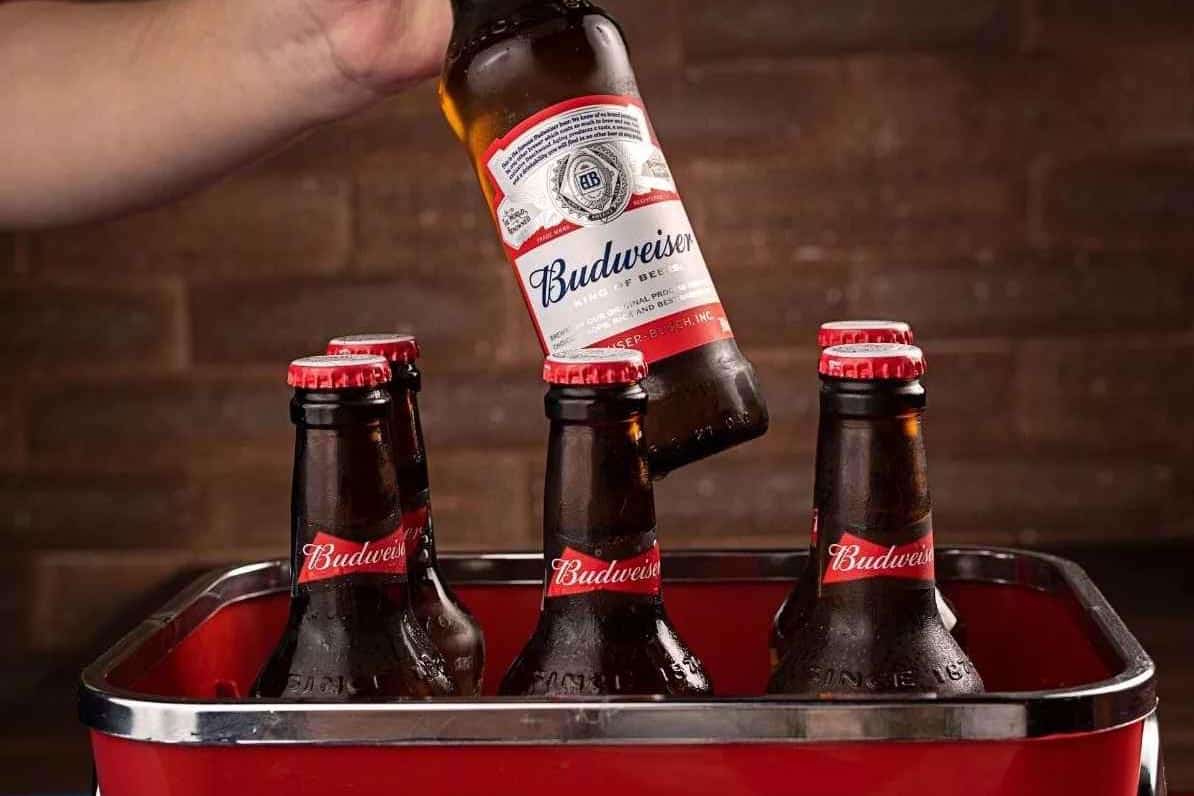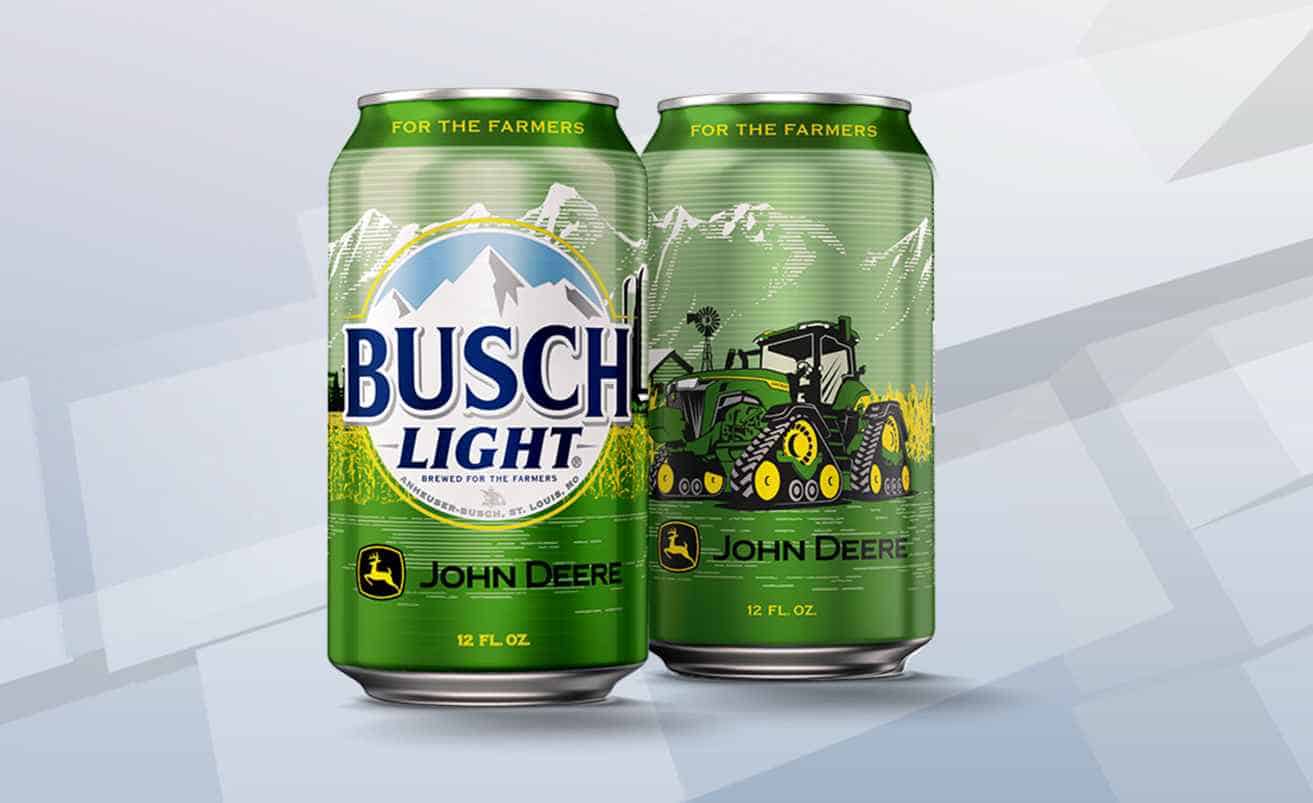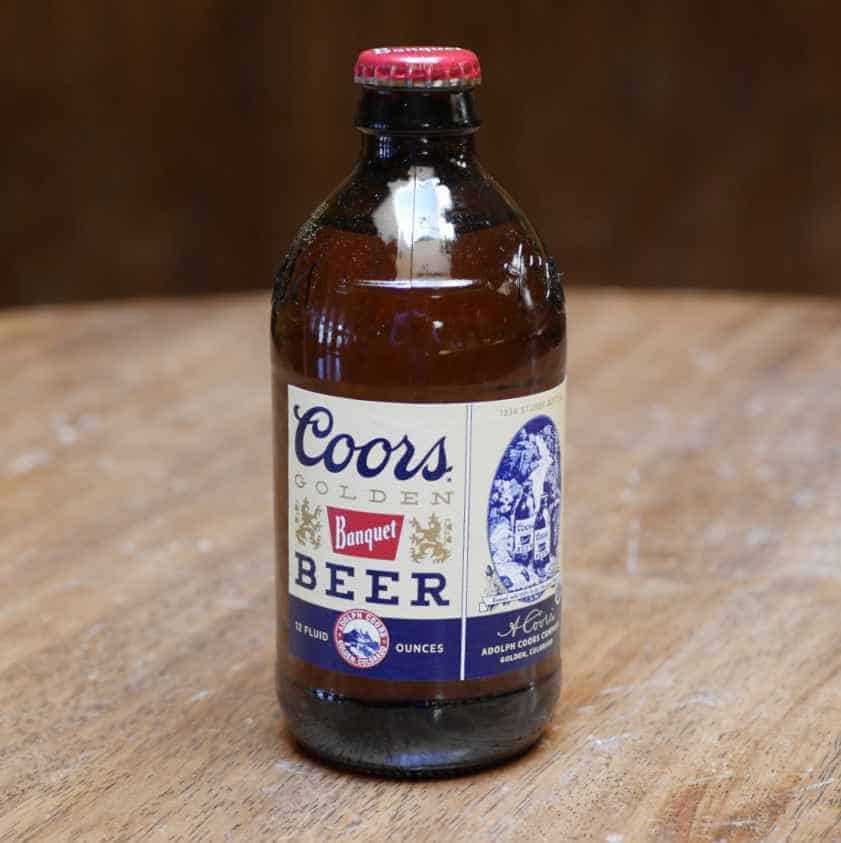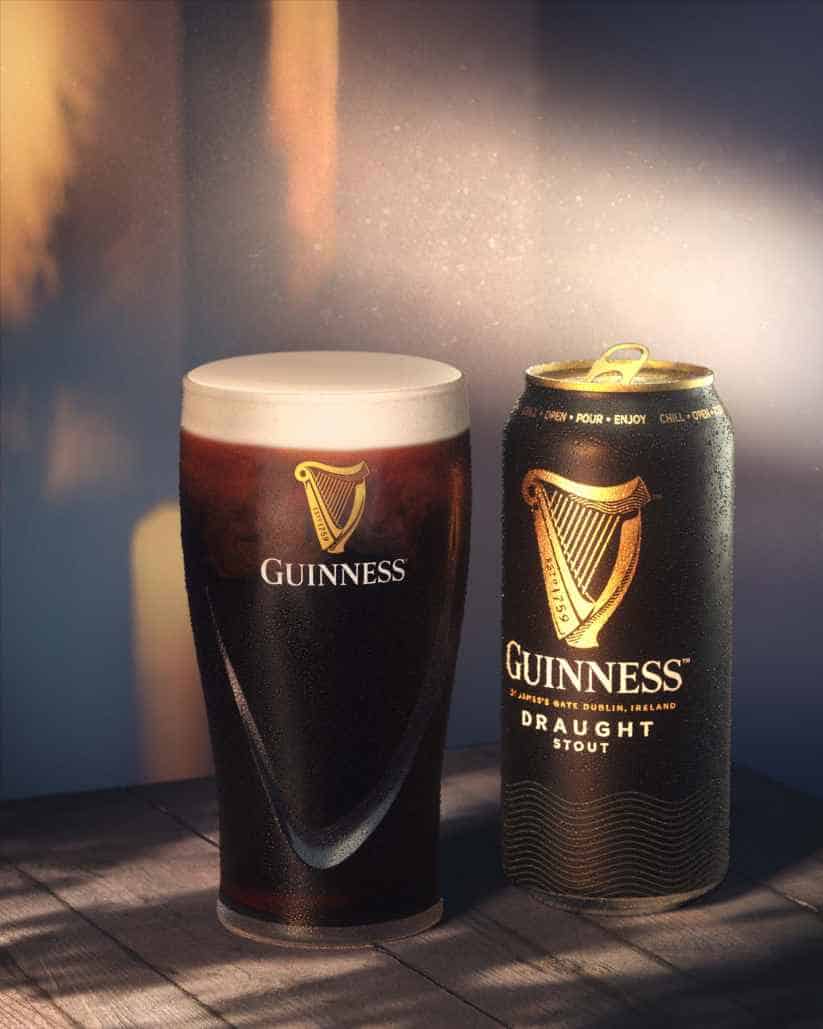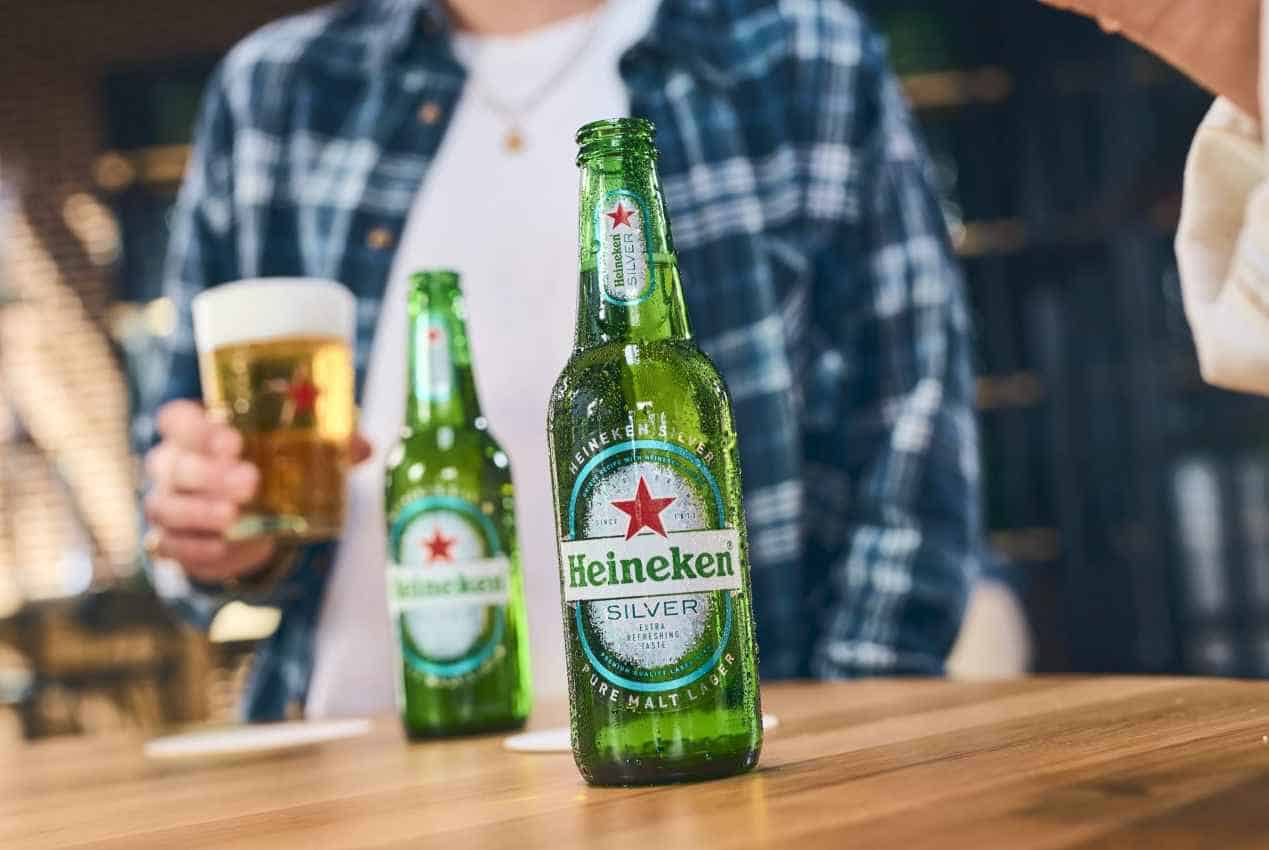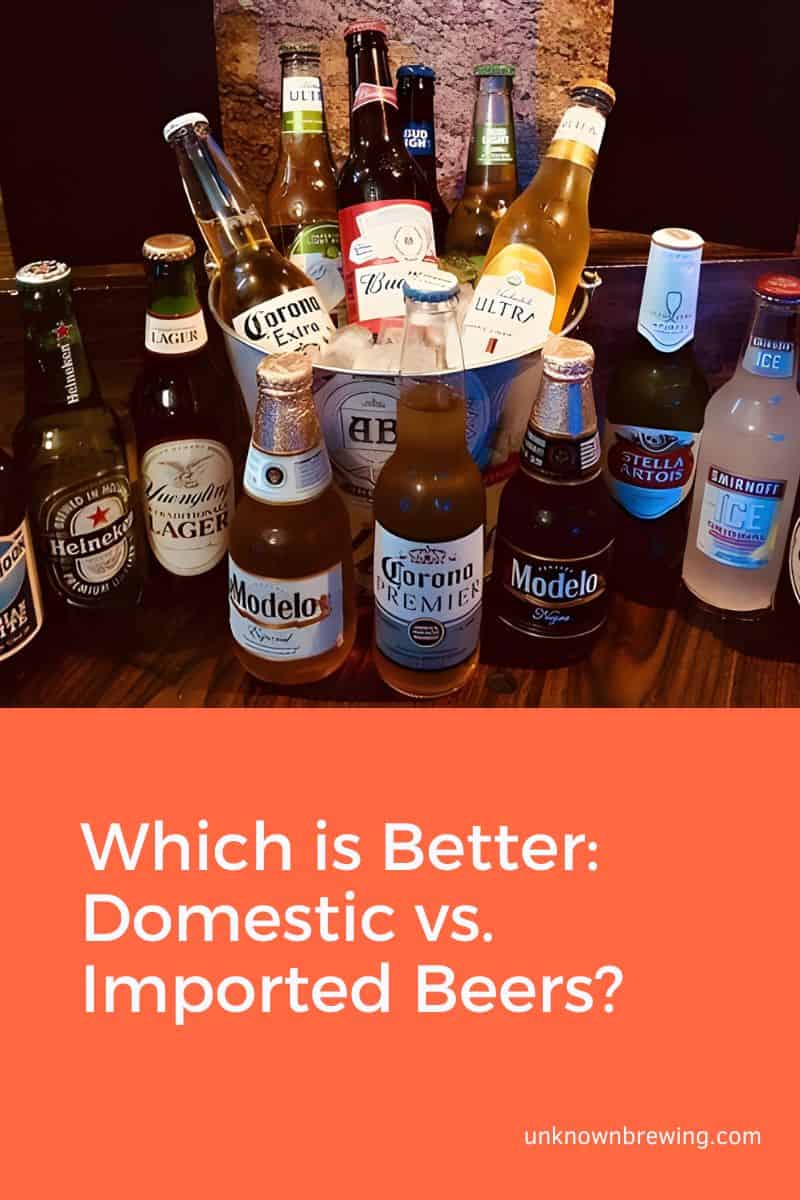Non-beer and casual drinkers may think all beers are the same, but for avid drinkers, each drink has a unique flavor and characteristic.
If this sparks your curiosity, you should know that there are hundreds of beer styles, and it would be impossible for you to try each one. But despite the never-ending list of beers, you can categorize them based on their styles, domestic and import beer.
What is Domestic Beer?
When people hear “domestic beer,” they immediately associate it with known brands such as Coors, Budweiser, and other popular American brands. Domestic beers are brewed within the United States, or the country of origin of its brewing company, and sold within the country.
Domestic beers are the convenient choice for avid beer drinkers in the United States. You can go at any grocery or liquor store and find them. Domestic beers are mass-produced to make it an accessible and affordable beer. It is brewed to tailor the broad range of the local’s taste preferences.
You may have observed that most domestic beers in the United States are light lagers with about 4 to 5% alcohol content. Its refreshing taste, low alcohol content, and affordable price appeals to a large people.
What is Imported Beer?
Imported beers are brewed outside the United States or your country of origin, and transported to and sold within.
You can easily recognize an imported beer because of the unique and diverse flavor profile of their brewing methods. Foreign brewing companies associate their authenticity and cultural difference on their beers too.
Beer drinkers refer imported beers as premium or specialty products because of how expensive it is than the domestic ones. However, they are not as expensive as you think. The price hike is caused by the import laws and its country of origin.
Common imported beers that Americans love are Mexican and German brand beers.
Knowing the beer categories will not tell you how the beer tastes. You have to dig deeper into their styles and experience the beer to know if it fits your palate preferences.
Difference Between Domestic and Imported Beer
Domestic and imported beers have a few key differences, and the most obvious one is their origin. Does their origin affect their style, ABV, and flavor profile? Let’s dig deeper into their characteristics.
| Beer Type | Domestic | Imported |
| Production Size | > 6,000,000 barrels per year | Not specified |
| Market Share | 68.2% | 19.5% |
| Beer Style | Commonly American Light Lagers | Classic Styles of Origin |
| Average ABV | 5% | Dependent on beer style and origin |
| Average Price | $ to $$ | $$ to $$$$ |
*Craft beer has 12.3% market share, making the market share 100%.
Brewing Method
You can see a wide gap between the brewing methods of imported beers and domestic beers. Domestic beers use the mass-production brewing method, a common method in the local market. Mass-production brewing is designed to produce large quantities of beer quickly and efficiently.
Meanwhile, imported beers use the traditional brewing methods of their country of origin, which could be different from the methods in the United States or the country the beer is imported.
An example of this brewing method is the Reinheitsgebot, which is a German Beer Purity Law that only suggests and approves the use of only four ingredients for brewing.
Available Styles
You see a variety of available styles between domestic and imported beers. Some available styles are only available or done in their country.
In the United States, traditions and tastes of local brewing companies influence the style of their domestic beers. The craft beer movement has influenced the their brewing method and produced the styles such as stouts, porters, and IPAs.
Meanwhile, the imported beers are dependent on the brewing traditions and cultures around the globe. The rich brewing history of Belgium produced Saisons, Tripels, and Dubbles, while Germany has produced Helles and Pilsners.
Drinking Experience
One’s drinking experience is a personal preference. Imported and domestic beers give drinkers different experiences. Drinking experience depends on several factors, such as the taste, aroma, alcohol content, and mouthfeel of the beers.
Domestic beers have a familiar and consistent taste. It is mainly due to the fact that it is mass-produced; hence, there is familiarity in the local market. Domestic beers are also known to have lower alcohol content.
Meanwhile, imported beers have unique and exotic taste due to its different ingredients and brewing methods. You can easily tell if it is an imported beer with its complex flavor profile, wide range of taste and aroma. Imported beers also have a higher alcohol content than domestic ones.
Alcohol Content
You have to look at the alcohol content on the label to ensure you can tolerate it. Domestic and imported beers have a wide range of alcohol content. Although domestic beers are known for having low alcohol content, some may still have higher ones, such as American double IPAs.
Imported beers have a higher alcohol content, but some brands have a lower alcohol content, such as Japanese Rice Lager.
Availability
Domestic beers are widely available and easier to find than imported beers. Domestic beers are mass-produced, allowing to have a more efficient distribution and easier access to the public.
Imported beers are limited in some regions because it needs to be transported from another country. You can only find them in speciality bars and stores, while domestic beers are on the shelves in the wide range of establishments.
Price
The local market loves domestic beers because of its affordability. It is produced within the country and benefits from lower transportation and production costs. Meanwhile, imported beers have to be transported.
Imported beers are more expensive because it has to consider the import duties, exchange rates, and transportation costs. As a result, imported beers have a premium price because of their exotic taste and reputation.
Top Domestic Beer Selection
A few popular selections for domestic beer that are enjoyed by beer drinkers around the country.
Budweiser
- ABV: 5%
- Beer Style: American Lager beer
Adolphus Busch introduced Budweiser in 1876. It is one of the most popular domestic beers, with a clean taste, crisp finish, and medium body. Even when it is a domestic beer, it has expanded globally and has been known for its iconic Clydesdale horses and unforgettable “King of Beers” slogan.
Busch
- ABV: 4.7%
- Beer Style: American Lager beer
Busch is made known by Anheuser-Busch, also known as Anheuser-Busch InBev in 1955. It is a lager-style beer is known for its smooth, refreshing, and clean finish. Beer drinkers that love classic American lager go for Busch because, besides its refreshing taste, it is a budget-friendly option.
Coors
- ABV: 5%
- Beer Style: American Lager beer
Coors is a domestic lager-style beer introduced by Adolph Coors and Jacob Schueler, which is known for its crisp, clean taste, and smooth finish. Coors has a distinct taste from its unique blend of Rocky Mountain water. You can find additional beers to its original product line, like Coors Light and Coors Banquet.
Top Imported Beer Selection
You are probably familiar with these popular selections of imported beers.
Corona
- ABV: 4.6%
- Beer Style: Pilsner
Corona is a known imported beer in Mexico, introduced by Cervecería Modelo. Beer drinkers love its light, refreshing, and crisp finish. Corona is often served with a slice of lime in the next bottle to enhance its flavor and aroma.
Guinness
- ABV: 5.6%
- Beer Style: Dry Stout
Guinness is a stout-style imported beer from Dublin, Ireland. This beer is characterized by its dark color, creamy head, and rich, smooth flavor. It has a complex flavor profile of chocolate, coffee, and caramel; this distinctive taste comes from the unique yeast strain used for brewing.
Heineken
- ABV: 5%
- Beer Style: Lager
Heineken is a pale lager-style beer, brewed in Amsterdam, Netherlands, known for its crisp taste and balanced bitterness.
You have probably tried this beer; it is widely available in bars, restaurants, and liquor stores. Heineken is the flagship brand of the brewery and has expanded to other styles like Desperados and Amstel Light, which others also love!
You can only know your personal best domestic beer selection if you have tried a variety of options.
How Do You Like Your Beer?
So, what’s better? Do you like domestic beers more, or imported beers? How you like your beer greatly depends on your personal preferences. Domestic and imported beers are all produced by known brewing companies, and avid drinkers have different taste and preference for each type.
If you want a complex and flavorful beer, imported ones are the way to go. However, if you want something on the go, domestic beer is the better option; they are cheap and widely available.
Final Takeaway
So, what’s better? Is it domestic or imported beers? Ultimately, it all boils down to personal preferences and the kind of beer you enjoy.
Domestic and imported beers have high-quality beers that avid drinkers prefer. Knowing more about the beer styles and their ideal pairings is best to have a more memorable drinking experience.

As a homebrewer, Michael would get frustrated about the lack of brewing information on the internet. After hundreds of gallons of spoilt batches, Micheal had enough. And he founded Unknown Brewing as a resource for homebrewers.




